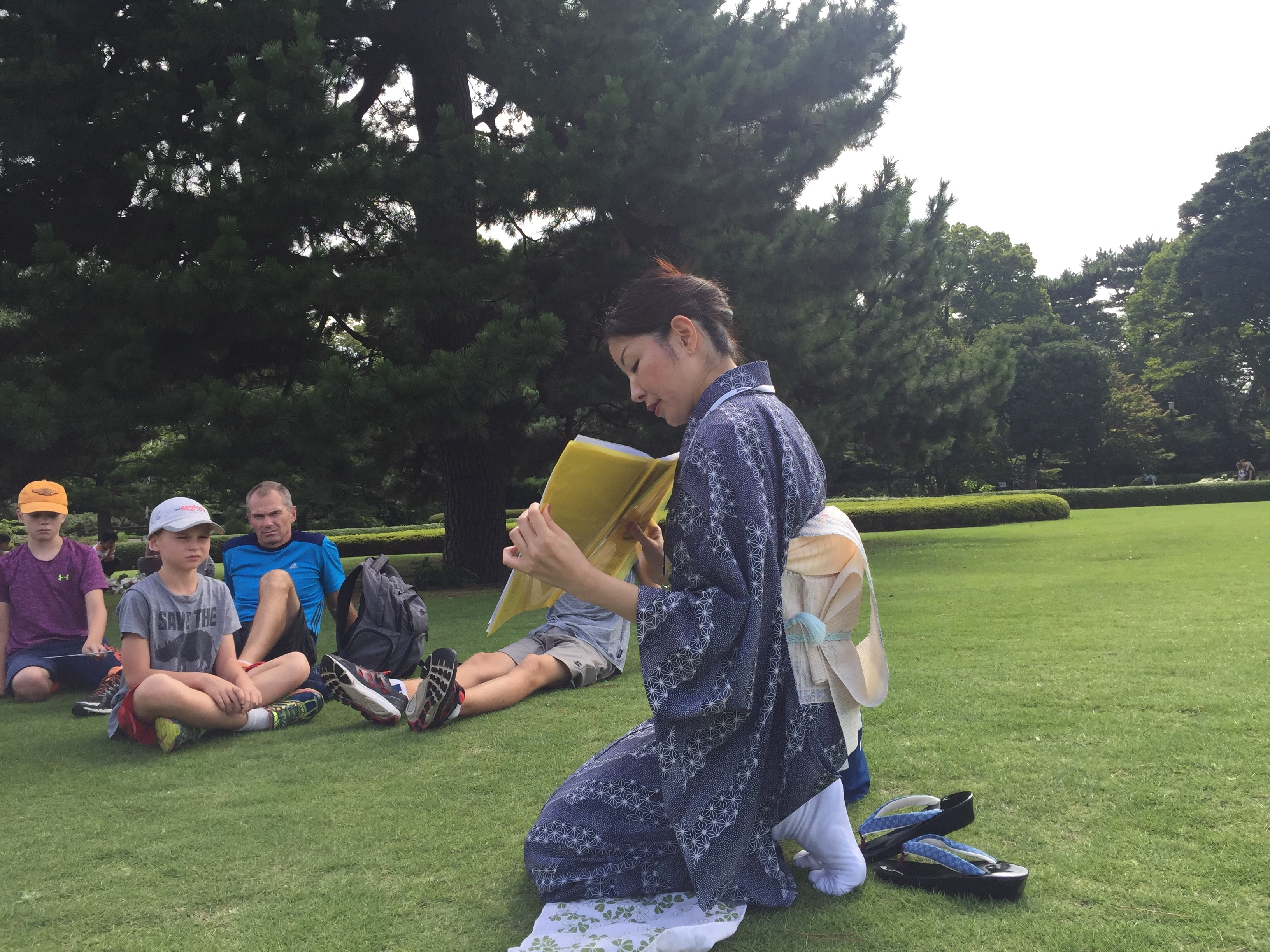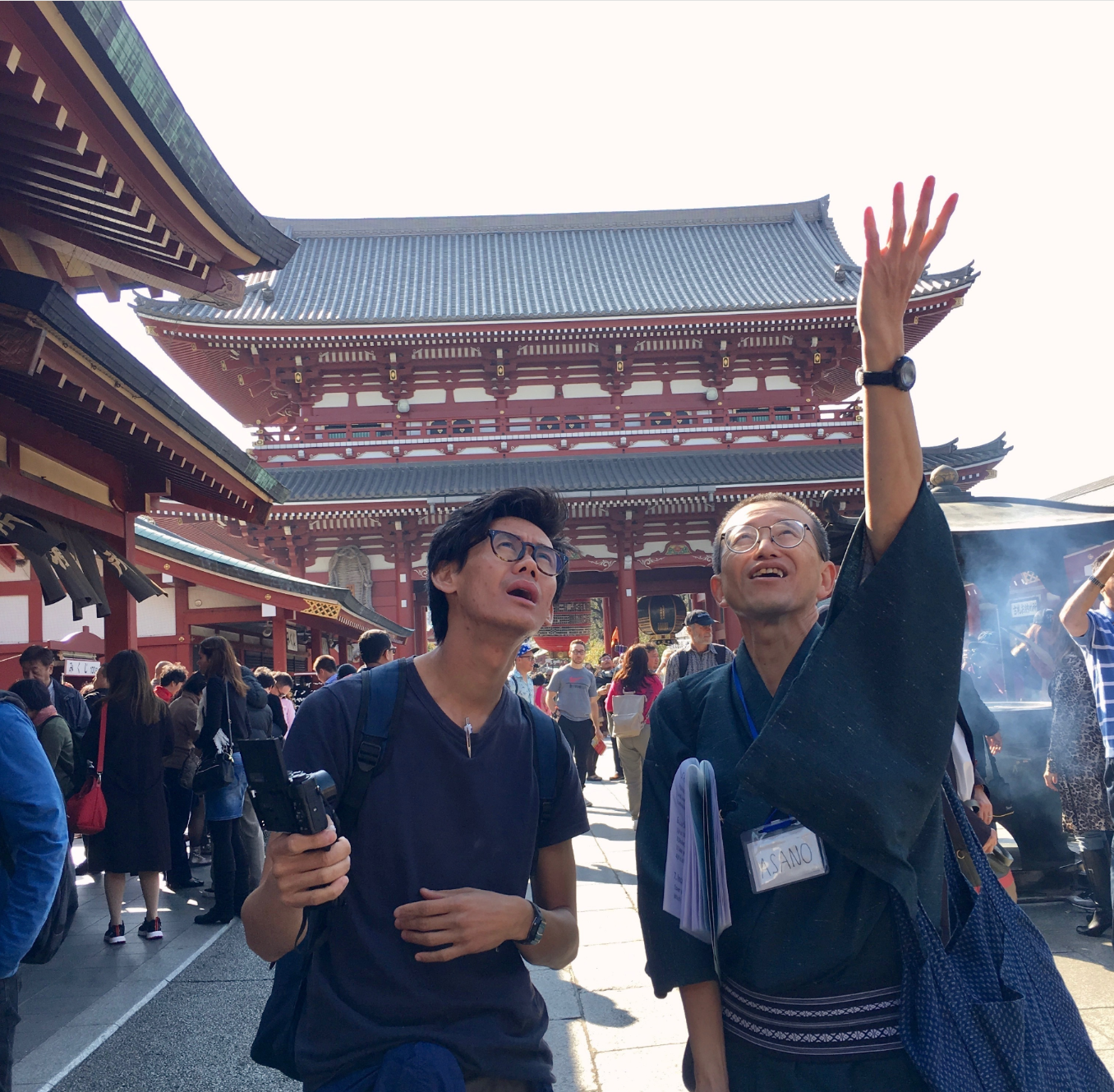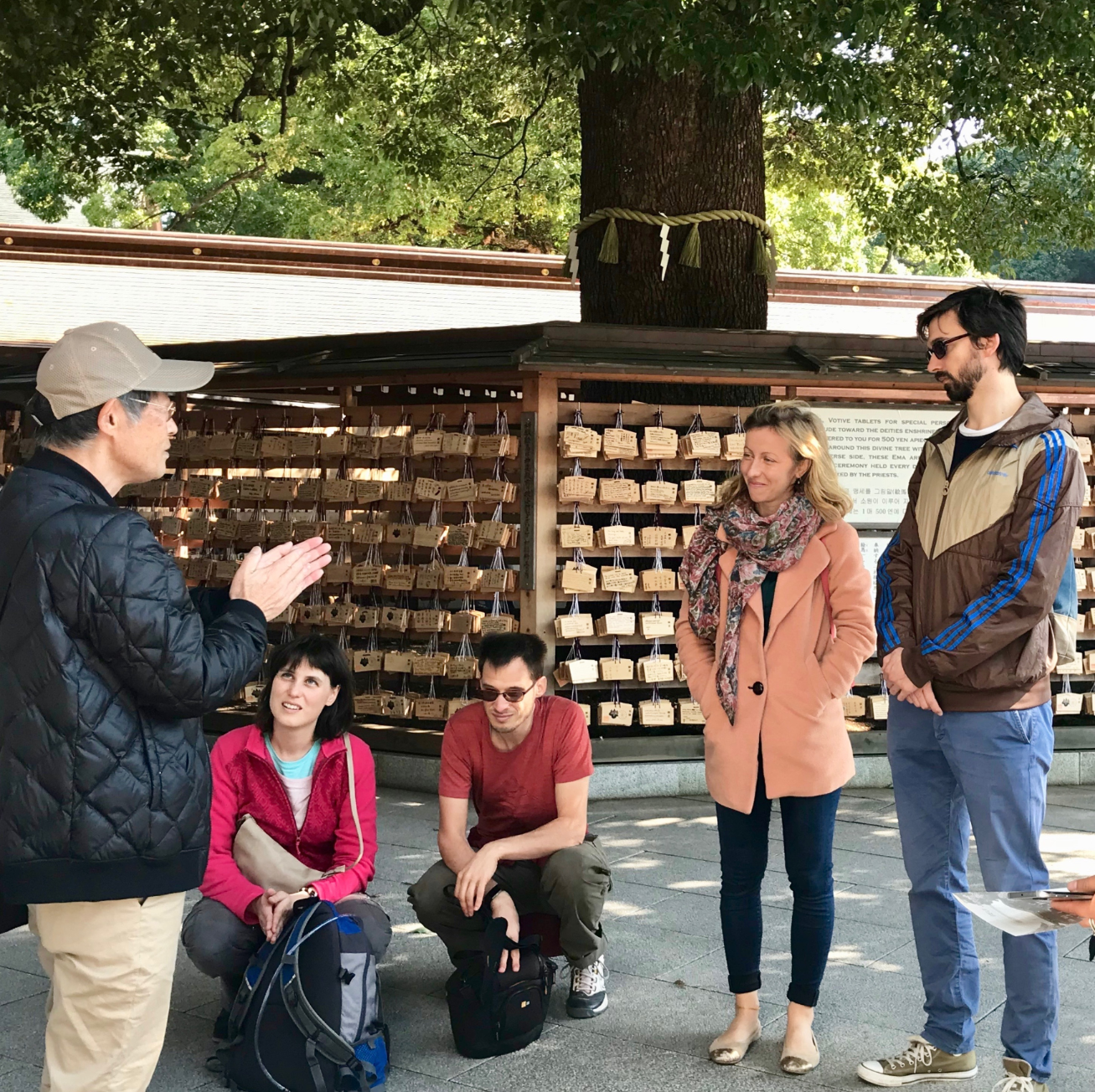 East Gardens of the Imperial Palace
East Gardens of the Imperial Palace 27 JUNE 2018, Weekday Morning tour to The East Garden of the Imperial Palace
Thank you for joining our walking tour to Imperial Palace East Gardens on June 27th. We were so happy to have met all 16 guests from Canada,U.S.A.,Belgium,Georgia,and Australia. The guests were divided into 4 groups with few of our guides in each group. This day was a weekday, so the garden was more peaceful and quiet than on weekends. It was a hot and windy day. But all of us enjoyed the tour. A guest from U.S.A told me that he bought ONIGIRI for snack at a convenience store almost every day. O...


